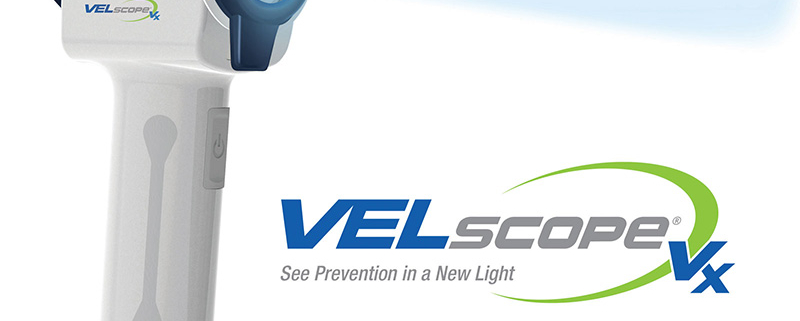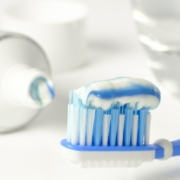Oral Cancer, what you need to know.
Approximately 1 in 800 British Columbians have a precancerous area in their mouth and about 3,200 Canadians are diagnosed with oral cancer each year. Oral cancer is a disease of soft tissue not teeth, so it can also affect anyone even older adults who do not have their natural teeth.
Oral cancer generally has a high mortality rate due to late detection. Late-stage treatment of the disease can also result in disfigurement and affect daily activities such as eating. Oral cancer screening is a highly effective tool for identifying pre-cancerous lesions, and early detection may improve prognosis.
When to seek a screening.
If you have any areas of concern in your oral tissues, such as discolouration, unusual textures, lesions, or sensitivity you should contact your dentist for an exam. It is also important to have regular dental cleanings as your soft and hard oral tissues are all examined by the dentist as part of their routine examination.
What happens if my dentist finds an area of concern?
If your dentist finds a lesion or other unusual spot in your mouth they may recommend a VELscope assessment. A VELscope instrument is a system that relies on the loss of fluorescence in visible and non -visible high risk oral lesions that can be identified by applying direct fluorescence. In simpler terms, a special blue light is used to light your oral tissues that makes it easy to spot changes in the tissues.
If a lesion or other area is concerning we will perform a biopsy on the tissue and send the sample to the BC Oral Biopsy Service at Vancouver General Hospital for testing.
Who is High Risk?
People with a high risk of oral cancer may be more likely to benefit from oral cancer screening, though studies haven’t clearly proved that. Factors that can increase the risk of oral cancer include:
- Tobacco use of any kind, including cigarettes, cigars, pipes, chewing tobacco and snuff, among others
- Heavy alcohol use
- Previous oral cancer diagnosis
- History of significant sun exposure, which increases the risk of lip cancer











